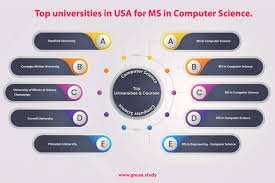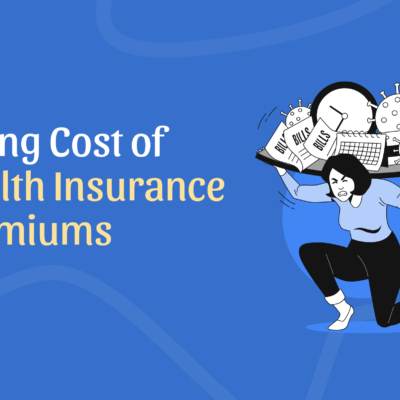The Shift Towards Alternative Medicine
In recent years, alternative medicine has gained significant attention in the U.S. healthcare system. With millions of Americans exploring non-traditional treatments, this growing trend is shaping the future of medical care. But what is alternative-medicine, and why are so many people choosing it over conventional treatments?

What is Alternative Medicine?
Alternative-medicine refers to a range of medical therapies and treatments that do not fall under conventional Western medicine. It focuses on natural healing methods, holistic approaches, and personalized care. Some popular forms of alternative medicine include:
- Herbal Remedies: Using plant-based substances to treat ailments.
- Acupuncture: A traditional Chinese practice that involves inserting thin needles into specific body points.
- Chiropractic Care: Adjusting the spine to relieve pain and improve overall health.
- Homeopathy: A system of medicine based on highly diluted natural substances.
- Ayurveda: An ancient Indian healing system that focuses on balancing body energies.
- Meditation and Yoga: Mind-body practices that promote relaxation and stress reduction.

Why Are Americans Turning to Alternative Medicine?
There are several reasons why alternative-medicine is becoming increasingly popular in the U.S.:
- Dissatisfaction with Conventional Medicine – Many patients feel frustrated with the side effects and high costs of modern treatments.
- Rising Healthcare Costs – Alternative medicine is often more affordable than conventional treatments.
- Holistic Healing Approach – Unlike Western medicine, which mainly focuses on symptom management, alternative medicine treats the body, mind, and spirit.
- Cultural Influence – Increased globalization has led to the acceptance of Eastern healing traditions like Ayurveda and Traditional Chinese Medicine (TCM).
- Scientific Validation – More studies are showing the benefits of treatments like acupuncture and meditation.
- Personalized Treatments – Alternative-medicine tailors treatments to individual needs, unlike one-size-fits-all pharmaceutical solutions.

The Impact of Alternative Medicine on the U.S. Healthcare System
1. Reducing Dependency on Pharmaceuticals
With growing concerns over opioid addiction and prescription drug side effects, many Americans are turning to alternative treatments for pain management. Chiropractic care, acupuncture, and herbal remedies are seen as safer options compared to conventional painkillers.
2. Integrative Medicine: The Best of Both Worlds
Many hospitals and healthcare providers are now incorporating alternative therapies alongside conventional treatments. This approach, known as integrative medicine, is gaining traction in leading medical institutions.
3. Boosting Mental Health Care
Alternative-therapies such as meditation, yoga, and aromatherapy have shown promising results in reducing anxiety, depression, and stress. With the mental health crisis in the U.S., these methods are providing much-needed relief to patients.
4. Preventative Healthcare Focus
Unlike conventional medicine, which often treats illnesses after they appear, alternative medicine emphasizes prevention. Practices like yoga, herbal supplements, and acupuncture help maintain long-term health and well-being.

Challenges and Controversies Surrounding Alternative Medicine
Despite its growing popularity, alternative medicine faces several challenges:
- Lack of Regulation – Many alternative treatments are not FDA-approved, leading to concerns about quality and safety.
- Limited Scientific Evidence – While some alternative therapies have strong research backing, others lack sufficient scientific validation.
- Skepticism from the Medical Community – Many doctors remain cautious about recommending alternative treatments due to insufficient clinical trials.
- Potential Risks – Herbal remedies and supplements can interact negatively with prescription medications, causing health complications.
The Future of Alternative Medicine in the U.S.
As demand for natural healing grows, alternative medicine is likely to become a more accepted part of mainstream healthcare. Some future trends include:
- Increased Scientific Research – More studies will validate the effectiveness of alternative treatments.
- Regulation Improvements – The government may introduce stricter guidelines to ensure safety and quality in alternative medicine.
- Growth of Integrative Clinics – More hospitals will blend conventional and alternative treatments to provide holistic care.
- Technology Integration – Wearable health devices and AI-driven wellness apps will make alternative medicine more accessible.
- Greater Insurance Coverage – As alternative medicine gains credibility, insurance providers may start covering treatments like acupuncture and chiropractic care.
Conclusion: A New Era in Healthcare
Alternative-medicine is no longer a fringe concept—it is becoming a key player in the American healthcare system. With its holistic approach, cost-effectiveness, and focus on prevention, it offers promising solutions to many of today’s medical challenges. While there are hurdles to overcome, the future looks bright for alternative medicine in the U.S.
As more people seek natural healing, will alternative medicine eventually become the new standard in healthcare? Only time will tell, but one thing is clear: the demand for alternative treatments is stronger than ever.
America’s Obesity Epidemic: Causes, Risks, and Effective Solutions





